Increasing Health Awareness
The growing awareness of health and wellness among consumers in China is a primary driver of the healthy food market. As individuals become more informed about the benefits of nutrition, they are increasingly seeking out foods that promote better health. This trend is reflected in the rising demand for organic and natural products, which has seen a growth rate of approximately 15% annually. The healthy food market is responding by expanding its offerings to include a wider variety of health-focused products, catering to the preferences of a more health-conscious population. Furthermore, educational campaigns and government initiatives aimed at promoting healthy eating habits are likely to bolster this trend, encouraging consumers to make informed dietary choices. As a result, the healthy food market is expected to continue evolving to meet the needs of this increasingly health-aware demographic.
Government Regulations and Support
Government policies and regulations play a crucial role in shaping the healthy food market in China. The government has implemented various initiatives aimed at promoting healthier eating habits among its citizens. For example, the introduction of food safety standards and labeling requirements has encouraged transparency in the food supply chain, fostering consumer trust. The healthy food market benefits from these regulations as they help to ensure that products meet safety and quality standards. Additionally, government support for organic farming and sustainable agriculture practices is likely to enhance the availability of healthy food options. This support may lead to an increase in the market share of organic products, which has been growing at a rate of approximately 10% annually. Overall, government involvement is expected to positively influence the healthy food market by creating a more favorable environment for health-focused products.
Urbanization and Lifestyle Changes
Rapid urbanization in China is reshaping consumer lifestyles and dietary habits, significantly impacting the healthy food market. As more people move to urban areas, they often adopt faster-paced lifestyles that prioritize convenience. This shift has led to an increased demand for ready-to-eat healthy meals and snacks. The healthy food market is adapting by introducing innovative products that combine convenience with nutritional value. For instance, the market for pre-packaged salads and healthy meal kits has expanded, with sales increasing by around 20% in urban centers. Additionally, urban consumers are more likely to seek out health-oriented dining options, further driving the growth of the healthy food market. This trend suggests that as urbanization continues, the healthy food market will need to innovate and diversify its offerings to cater to the evolving preferences of city dwellers.
Technological Advancements in Food Production
Technological innovations in food production are significantly influencing the healthy food market in China. Advances in agricultural technology, such as precision farming and biotechnology, are enabling producers to cultivate healthier crops with higher nutritional value. These innovations are likely to enhance the quality and availability of healthy food options in the market. The healthy food market is also benefiting from developments in food processing technologies that allow for the creation of healthier alternatives to traditional products. For instance, the use of natural preservatives and low-sugar formulations is becoming more prevalent, appealing to health-conscious consumers. As these technologies continue to evolve, they may lead to a broader range of healthy food products, potentially increasing market competition and consumer choice. This trend indicates that the healthy food market is poised for growth as it embraces technological advancements.
Rising Disposable Income and Consumer Spending
The increase in disposable income among Chinese consumers is a significant driver of the healthy food market. As economic conditions improve, individuals are more willing to spend on premium and health-oriented food products. This trend is reflected in the growing market for organic and specialty health foods, which has seen a surge in demand, with sales increasing by approximately 25% over the past few years. The healthy food market is capitalizing on this trend by offering a wider range of high-quality products that cater to affluent consumers. Additionally, as consumers become more health-conscious, they are likely to prioritize spending on nutritious foods over less healthy options. This shift in consumer spending habits suggests that the healthy food market will continue to thrive as disposable incomes rise, leading to increased investment in health-focused product development.


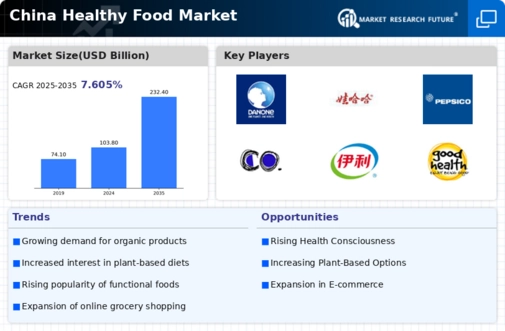
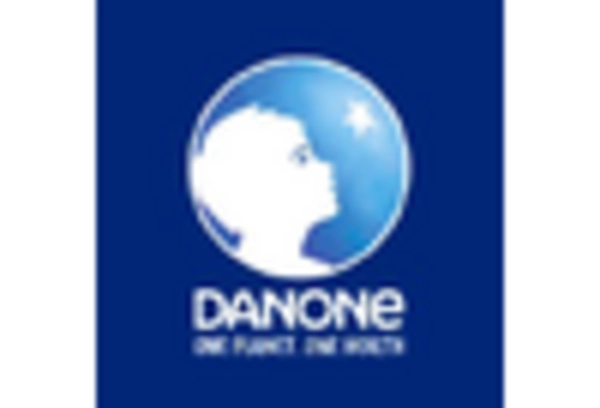

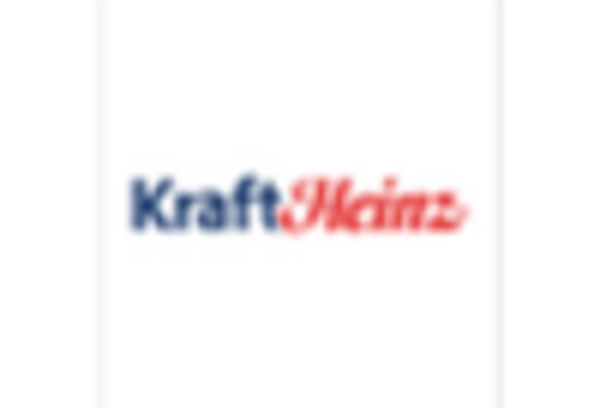

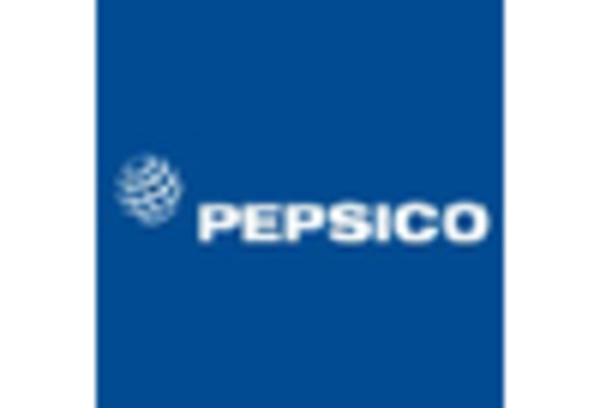
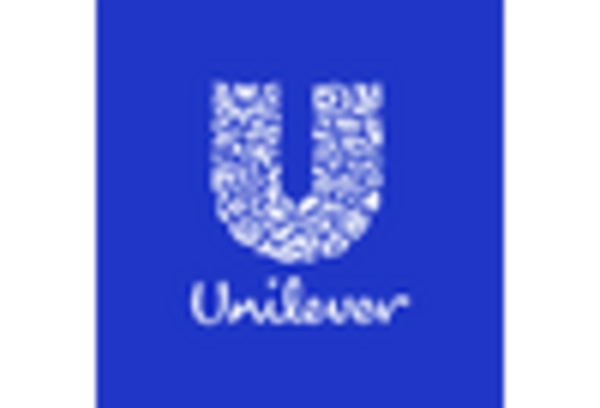








Leave a Comment